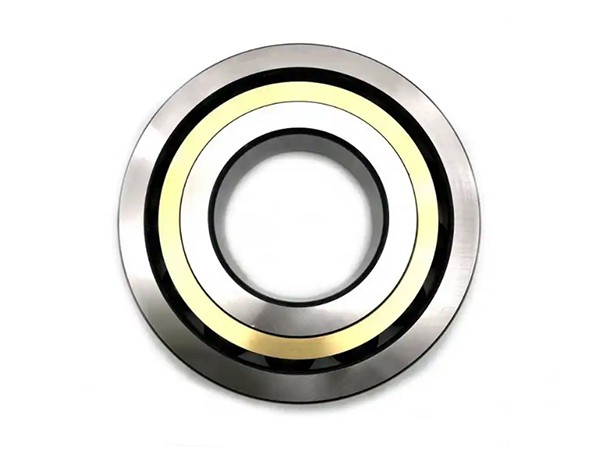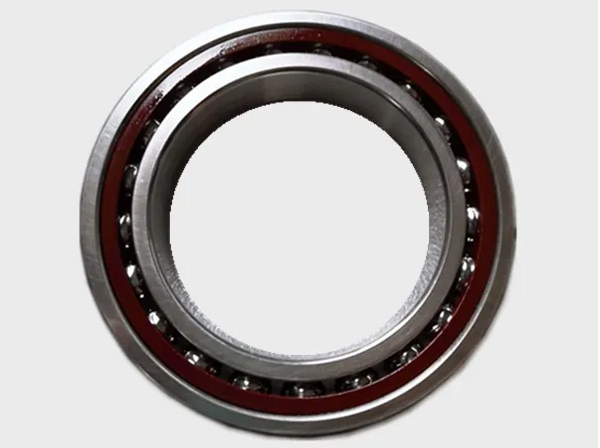Angular contact ball bearings are a specific type of ball bearing designed to handle both radial and axial loads simultaneously. They achieve this through the unique design of their inner and outer races, which are offset from each other. This offset creates an angle between the raceway and the balls, allowing them to support thrust loads in one direction.
Selecting the right angular contact ball bearing involves considering several factors

1. Load and Speed
Type of Load: Determine whether the primary load is axial, radial, or a combination of both. Angular contact bearings are ideal for combined loads, especially when the axial load is significant.
Magnitude of Load: Calculate the expected radial and axial loads the bearing will experience. This will help you choose a bearing with the appropriate load capacity.
Rotational Speed: Consider the desired operating speed. Some bearings are better suited for high-speed applications than others.
2. Bearing Design:
Contact Angle: The contact angle affects the load distribution within the bearing. Higher contact angles handle higher axial loads but have lower radial load capacity. Choose an angle based on your specific load requirements.

Number of Rows: Single-row bearings are common, but double-row and four-row designs offer higher load capacity.
Cage Material: Cages can be made from various materials like steel, brass, or polyamide. Consider factors like temperature, lubrication, and speed when choosing the cage material.
3. Operating Conditions:
Temperature: High temperatures can affect bearing performance and lifespan. Choose a bearing with a suitable operating temperature range
Lubrication: Proper lubrication is crucial for bearing performance and longevity. Select a bearing compatible with your chosen lubrication method (grease or oil).
Environment: Consider environmental factors like moisture, dust, and corrosive agents. These factors may necessitate special materials or seals.
…
For more detailed information on angular contact ball bearing selection, please click here: https://www.lkwebearing.com/news-center/angular-contact-ball-bearing-selection.html



